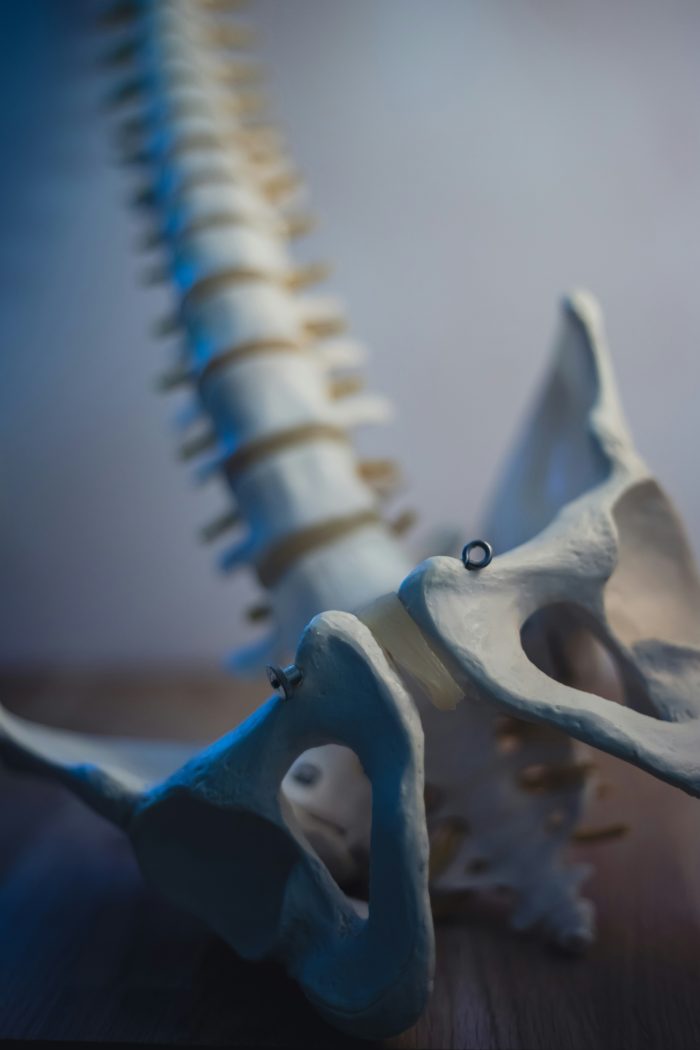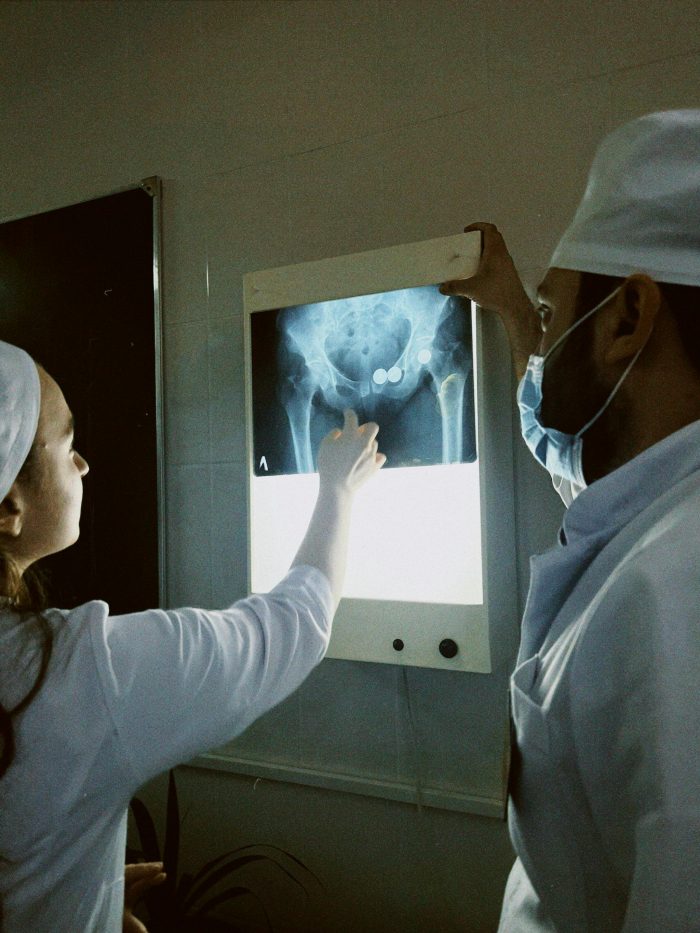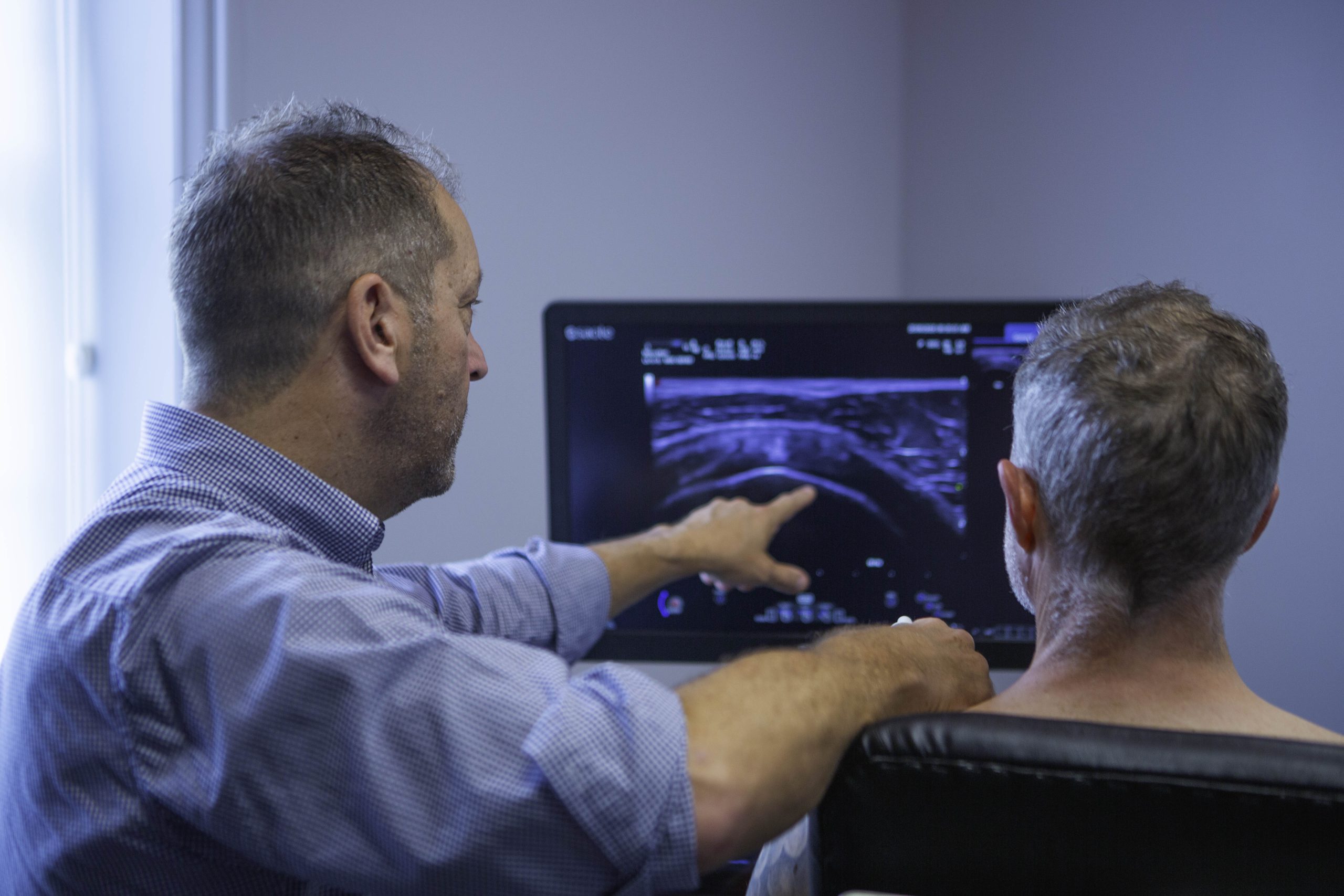What is femoroacetabular impingement (FAI)?
Femoroacetabular impingement (FAI) and labral tears are common conditions that can significantly impact hip function and quality of life. Both conditions are often interconnected, with FAI being a leading cause of labral tears.
Below is a brief summary of the hip joint anatomy, common symptoms and likely causes of FAI.
What is femoroacetabular impingement (FAI)?

Femoroacetabular impingement occurs when the ball (femoral head) and socket (acetabulum) of the hip joint do not fit together properly, leading to abnormal contact during movement. This misalignment can result from extra bone growth on the femoral head (cam impingement), the acetabulum (pincer impingement), or both. Over time, this friction damages the cartilage and labrum, causing pain, stiffness, and reduced range of motion.
What are labral tears?
The labrum is a ring of cartilage that deepens the hip socket, stabilises the joint, and protects cartilage during movement. A labral tear occurs when this structure is damaged, often due to FAI or repetitive high-impact activities like running or pivoting sports.
Symptoms of FAI
Femoroacetabular impingement often presents with the following symptoms:
- Groin pain: The most common complaint, often sharp during movement or a dull ache at rest. Pain may also radiate to the thigh, buttocks, or lower back.
- Stiffness: Reduced range of motion in the hip, especially when bending or twisting. Activities like squatting, running, or even putting on shoes can exacerbate stiffness.
- Pain during activity: Movements that stress the hip, such as lunging or jumping, typically worsen symptoms. Prolonged sitting or standing can also trigger discomfort.
- Clicking or locking sensations: Some individuals may experience mechanical symptoms like clicking or catching in the hip joint.
Causes of FAI
As mentioned above, femoroacetabular impingement results from structural abnormalities in the hip joint that lead to abnormal contact between the femoral head and acetabulum. These can be due to:
- Cam impingement: This is caused by an irregularly shaped femoral head and is more common in men.
- Pincer impingement: Occurs when the acetabulum excessively covers the femoral head. This deformity is more common in women.
- Mixed impingement: A combination of both cam and pincer types which is seen in most cases.
Other contributing factors can include:
- Congenital anatomy: Having an abnormal hip shape since birth.
- Repetitive movements: High-impact sports or activities that stress the hip joint over time.
- Previous hip conditions: Paediatric hip diseases, trauma, or prior surgeries can predispose individuals to FAI.
Diagnosis of Femoroacetabular impingement

Diagnosing femoroacetabular impingement (FAI) involves a combination of patient history, physical examination, and imaging studies to confirm the condition and assess its severity.
Left untreated, FAI can lead to labral tears and increase the risk of osteoarthritis. Early recognition of symptoms and understanding their causes is key to preventing long-term complications.
- X-rays: These are often the first imaging modality used to detect bony abnormalities in the femoral head or acetabulum. They can reveal features like cam or pincer deformities but may not detect early cartilage damage or labral tears.
- MRI and MR Arthrography (MRA): MRI is essential for evaluating soft tissue structures like the labrum and cartilage. MRA involves injecting a dye into the joint and is the gold-standard test in identifying labral tears and subtle joint abnormalities.
Click here to read our next blog which covers explores the best treatment options for FAI.
If you have any questions regarding femoroacetabular impingement or any other injury, you can book an appointment online here or call our friendly reception team on 0114 267 8181.







